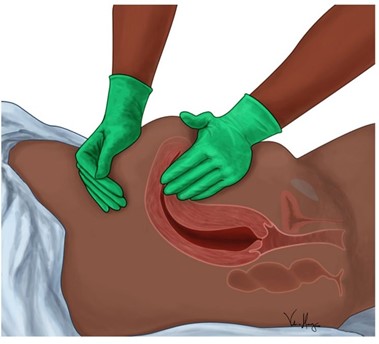After the change-of-shift report, the practical nurse (PN) makes rounds on a postoperative unit. Which client finding necessitates the Immediate attention of the PN?
An older client whose blood pressure (BP) is 100/70 after receiving meperidine for pain related to a hip fracture.
A client who has pink urine draining from the indwelling urinary catheter following transurethral prostatectomy.
A client who is having bright red drainage from the rectum following a colonoscopy with polyp removal.
A client who has brown-green bile draining from a T-tube after cholecystectomy for cholelithiasis.
The Correct Answer is C
The client finding that necessitates immediate attention by the practical nurse (PN) is a client who is having bright red drainage from the rectum following a colonoscopy with polyp removal. Bright red rectal bleeding can indicate active bleeding and immediate intervention is required to assess the severity of the bleeding, control the bleeding if possible, and prevent further complications.
A. The older client with a blood pressure of 100/70 after receiving meperidine for pain may require further assessment, but it does not indicate an immediate life-threatening condition.
B. Pink urine draining from the indwelling urinary catheter following a transurethral prostatectomy may be expected due to the surgical procedure, but it should still be monitored.
D. Brown-green bile draining from a T-tube after cholecystectomy for cholelithiasis is also an expected finding.
Nursing Test Bank
Naxlex Comprehensive Predictor Exams
Related Questions
Correct Answer is B
Explanation
Immune thrombocytopenic purpura (ITP) is a condition characterized by low platelet levels in the blood, which can lead to an increased risk of bleeding and bruising. Patients with ITP are at risk of spontaneous bleeding, and any injury can be potentially serious.
Ensuring the client has minimal clutter in the room is essential to reduce the risk of accidental falls and injuries. Falls and bumps can lead to bruising or bleeding, which can be particularly problematic in individuals with low platelet counts.
Incorrect:
A. Assessing the client for nerve pain or paralysis is important in the overall care of the patient, but it may not directly address the prevention of injury in this situation.
C. Evaluating the client's neurological status after exercising is also essential for assessing their overall health and well-being but may not directly prevent injury.
D. Monitoring the client's blood cell laboratory values, including platelet levels, is crucial for managing ITP, adjusting treatment if needed, and ensuring the client's condition remains stable. However, while important, this action is not directly related to preventing immediate injury in the care facility.
Correct Answer is D
Explanation
This is the best action to take for a client who experiences a sudden gush of vaginal blood and clots after a cesarean section. Massaging the fundus helps to stimulate uterine contractions and reduce bleeding. Avoiding direct pressure on the incision prevents pain and wound dehiscence.

Whether you are a student looking to ace your exams or a practicing nurse seeking to enhance your expertise , our nursing education contents will empower you with the confidence and competence to make a difference in the lives of patients and become a respected leader in the healthcare field.
Visit Naxlex, invest in your future and unlock endless possibilities with our unparalleled nursing education contents today
Report Wrong Answer on the Current Question
Do you disagree with the answer? If yes, what is your expected answer? Explain.
Kindly be descriptive with the issue you are facing.
